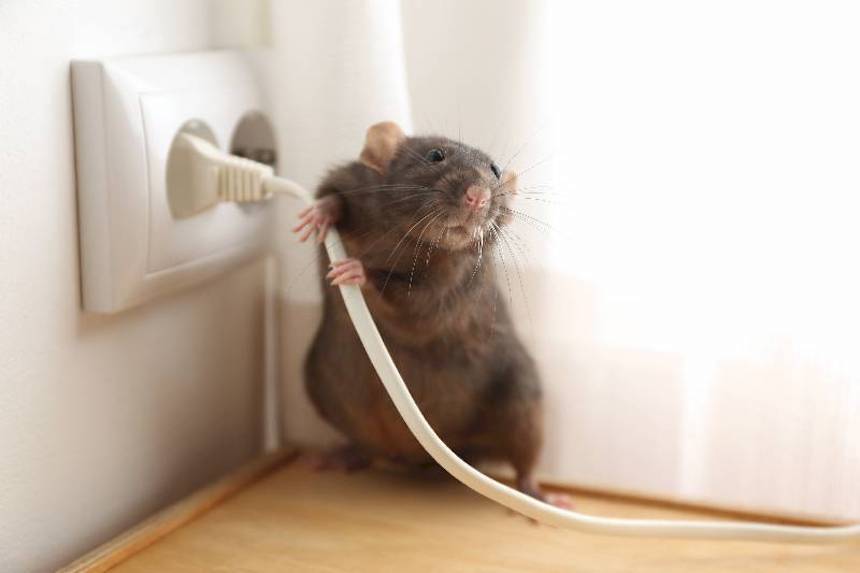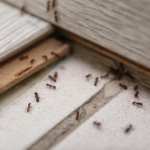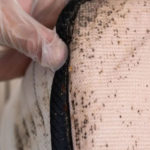
If you suspect you are dwelling with uninvited and unwanted guests, it is time to look for the signs of infestations. While it is scarcely uncommon for a stray cockroach or mouse to gain entrance into a home, when pests congregate and multiply, you have an infestation on your hands. The following signs are indications of infestations.
Droppings
One sure sign of an infestation is the type of dropping your particular pest leaves behind. Look for small droppings in pest-attractive areas. The shape, size, and smell of the droppings give a clue as to your unwanted visitors. Rodent droppings are solid and conical or spindly. Still smaller than rodent fecal matter is that of insects. Insects do not only leave waste; they also shed or discard their skin, wings, and sometimes even body parts.
Grimy Trails
Regardless of the type of pest intruding into your home, an infestation makes a mess somewhere. Seek out signs like grease stains, food remnants, smudges of dirt, and discarded hair in the attic or basement. Infestations of bugs, beetles, spiders, and rodents prefer humid places that are dark and enclosed. Search from bottom to top, in corners, along the walls’ edges, near window frames, and under furniture. In particular, rodents pick a set route and stick to it. Look for grime and grease trails where rodent bodies have rubbed along walls.
Abundance of Spiders
Spiders are the predators of the insect world, and any form of predator goes where they know there is prey to be found. If you find that you have an abundance of spiders in your home, you probably have plentiful amounts of insects or other pests for them to feast on as well. You may not spot the spiders’ feasting grounds at once. This could just mean that the spiders are managing the insect population. Do not expect this state to last, however. Seek out a pest control inspection to find the source of the spiders’ diets. It’s best to get rid of the spiders and what they’re eating as quickly as possible.
Damage to Fabric
While moths are well-known for their penchant to chew on and through your fabric, they are not the only types of pests that have the inclination to do this. Different varieties of ants, beetles, bugs, and rodents also chew through the fabric in vulnerable places.
Check your furniture, carpeting, drapes, clothing, and other fabric-based possessions for small tears or holes that look like they’ve been chewed rather than ripped. Fabric damage goes beyond bite marks though. Pests make everything around them dirty, fabric included. Look for droppings, grime, grease, and dirt smudges on fabric items around these holes or along with the fabric itself.
Infestations of pests leave behind various discarded skins, wings that look like fish scales, droppings, and food remnants. The type of detritus may vary, but pests are messy in their habits and should be easy to spot once you know what to look for. Thus, it’s important to look for these indications of an infestation as soon as you suspect you might have one so you can take effective action.
- Five Pet Care Basics To Remember - April 1, 2024
- Updating Your Will: A Guide to Estate Planning Changes - March 16, 2024
- What To Do About Unwanted Body Hair - March 8, 2024






